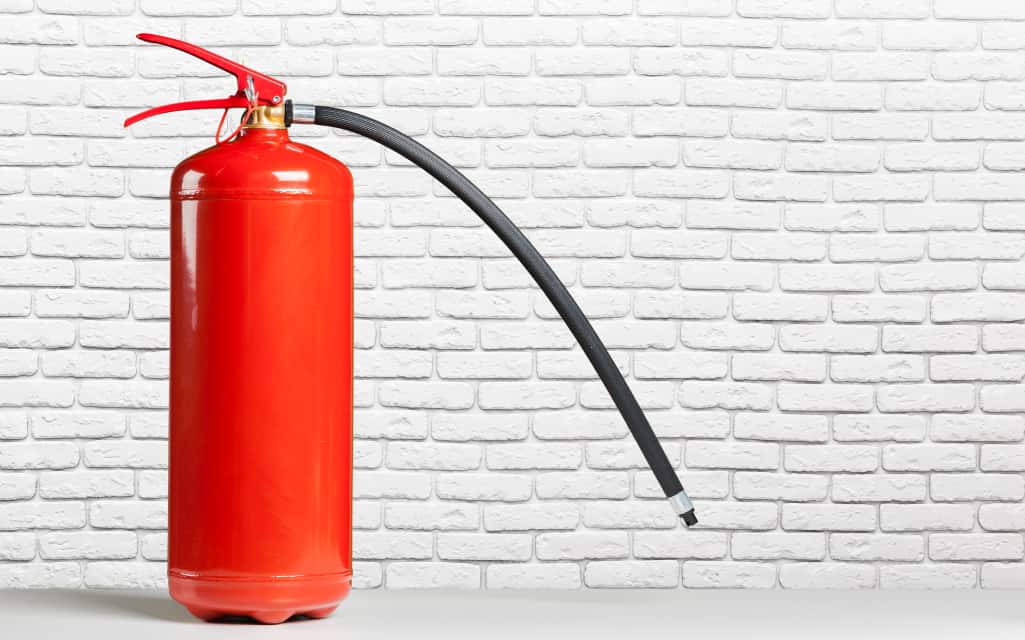According to the world health organization, over 180000 fire-related deaths occur each year. Possibly, in many cases, the extent of fire-related incidents increase because of not having fire extinguishers, or the fire extinguisher wasn’t functioning properly. Thus, fire extinguisher is one of the essential devices to get to safety in the events of various types of fire-related incidents.
Probably, you pass them every time as you walk the buildings, hallways at school, and work, but you have never given much thought about how to actually use one. Or, maybe you think it’s so simple and easy to use that there is no need to learn.
Well, while it’s correct that using them is not rocket science, there are some basics you should be aware of. After all, there is no logic in having them in your home if you don’t know how to use them. Therefore, to help you out, we have come up with an ultimate guide that includes how to choose and use a fire extinguisher:
Know the Classification of Fire
A fire has been classified into five types:
Class A– Fires that involve paper, wood, rubber, cloth, and plastics.
Class B– Fire incidents because of flammable gases and liquids like solvents, propane, gasoline, and paints.
Class C– Fires involving electrical equipment that plugged into electricity.
Class D– Fires involving metals and combustible powders, flakes of metals including titanium, magnesium, sodium, and potassium.
Class K– Finally, the last classification that involves cooking oils used in kitchens.
Remember, when you know what is burning and the type of fire, you will use the right kind of fire extinguisher.
Get the Right Type of Fire Extinguisher
They are available in various types, having particular fire classes labeled on it. Following are the types:
- Water extinguishers for class A fire.
- Foam ones help prevent re-ignition and can be used for class A and B fires.
- CO2 extinguishers are used to eliminate fire caused by the electrical apparatus.
- Dry powder extinguishers can be used on electrical fires. It is not recommended to use inside due to a risk of inhalation and damage to machinery and other goods.
- Specialist powder extinguishers are used on metal fire, but are not effective on other fires.
- Wet chemical extinguishers are used for fires caused by cooking oils. They are suitable for use in kitchens and restaurants.
Remember, while choosing the right one for your premises, fire extinguisher service will help you with the fire risk assessment to accurately know the most suitable fire extinguisher you would be required.
Use the PASS Technique
Before dealing with a fire extinguisher, be sure you have pressed the fire alarm so you can have a safe evacuation route.
Use the PASS technique while using the fire extinguisher:
- P: Pull the pin to tear the tamper seal.
- A: Aim the hose at the fire foundation to kill the base-means put it out from bottom up.
- S: Squeeze the trigger/button to let out the extinguishing agent.
- S: Sweep back and forth at the roots of the fire until the fire is out.
While many people overcome small fires safely, sometimes tackling it is beyond your capabilities. Always make sure you put your and other people’s safety first. If the fire is severe, make sure to evacuate in the building right away, and call the fire brigade immediately.
When to Evacuate the Fire Area
There are times when you must quit tackling the fire and follow the evacuation route: Here’s why you need to do that:
- The fire is extensive and spreading too fast.
- The fire is blocking your only exit.
- The fire is so intense that you cannot get close to fight it successfully.
- You have had to crawl to see things clearly because of a heavy amount of smoke.
Hopefully, you never get trapped in fire incidents, but unfortunately, fires do occur, and preparing yourself with the fire hazards and using fire extinguishers is wise!



